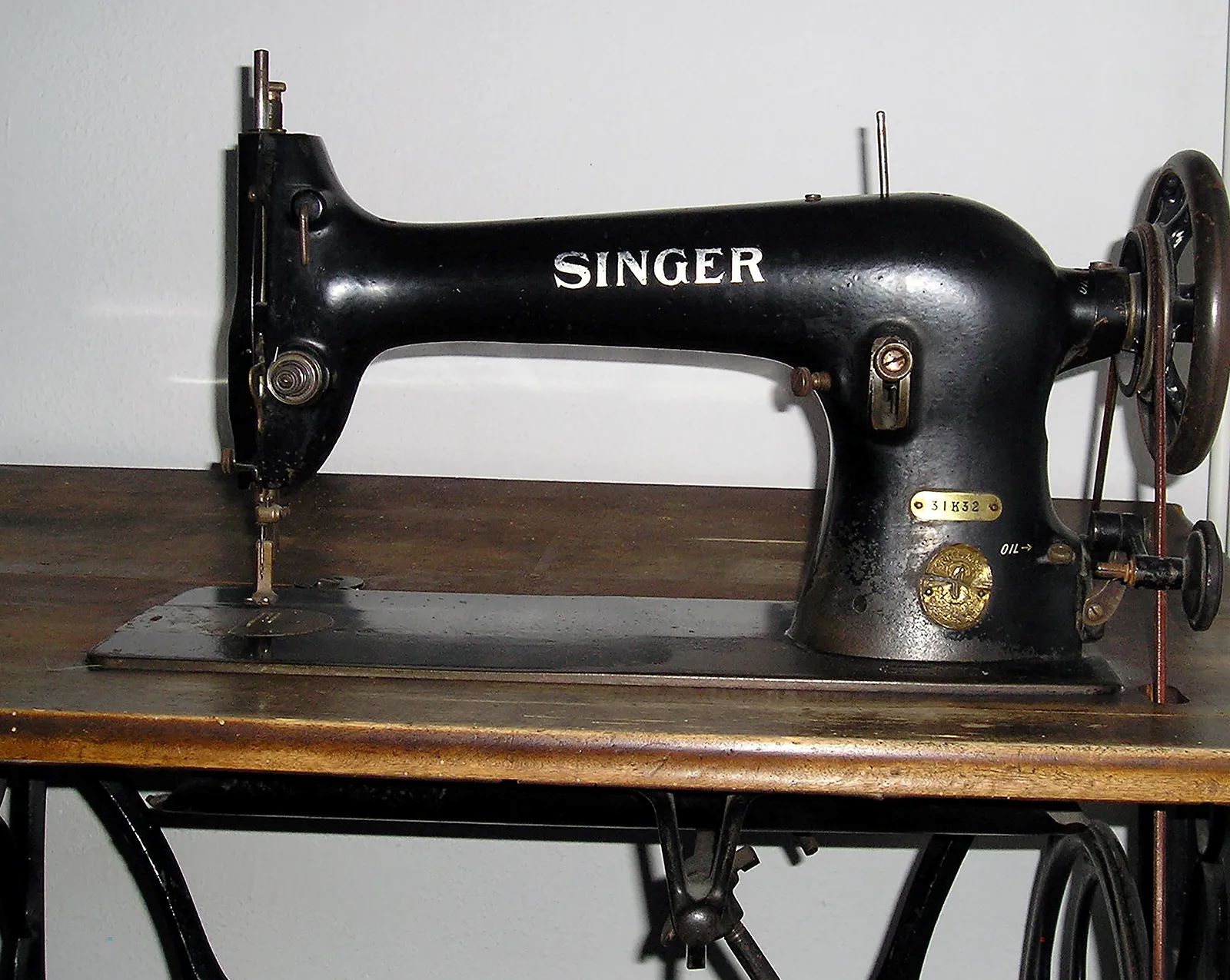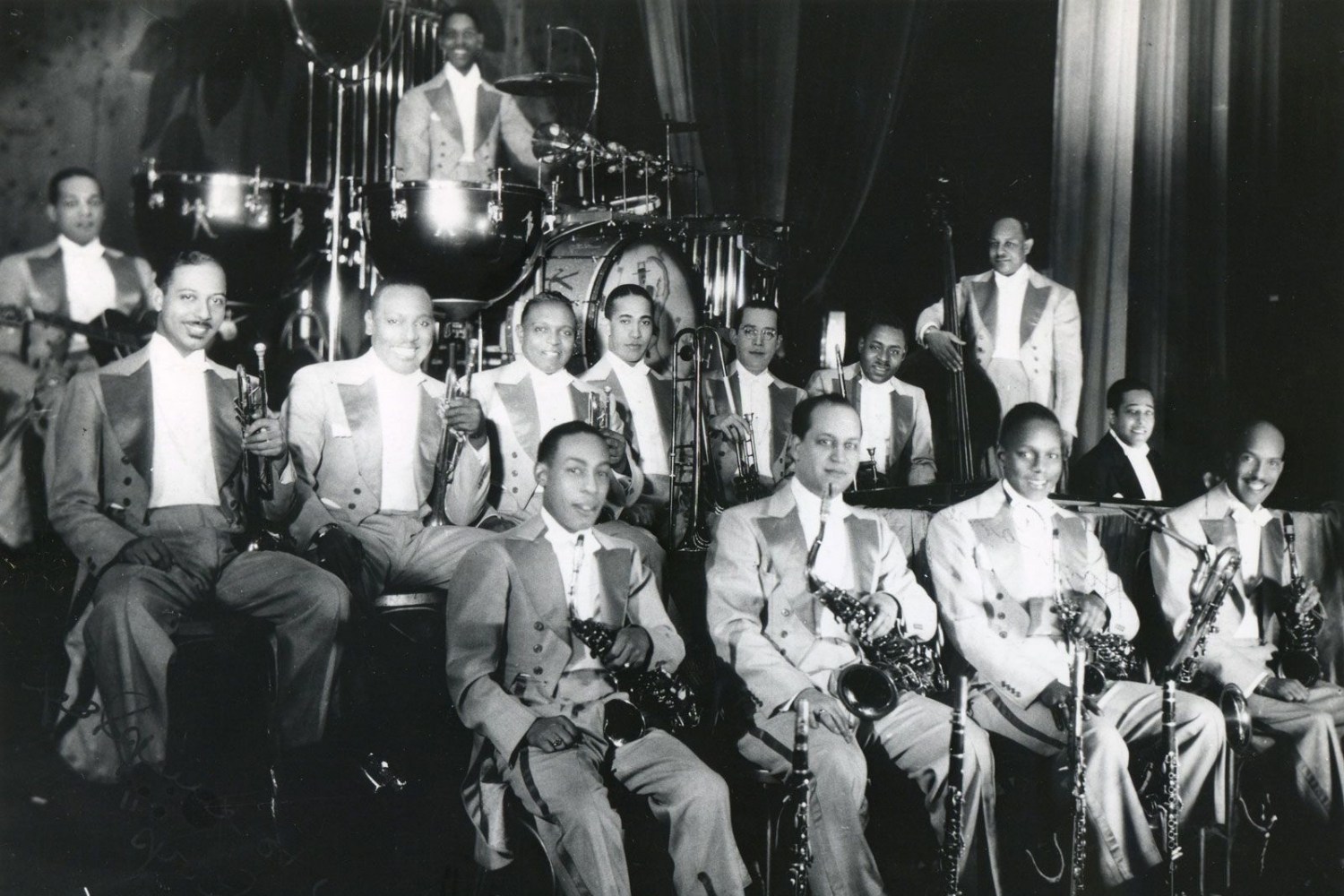
The sewing machine is a remarkable invention that has revolutionized the way we create and mend clothing. From its humble beginnings to its modern iterations, the sewing machine has played a vital role in the textile industry and in households around the world.
In this article, we will explore 20 fascinating facts about the sewing machine. From its origins in the 18th century to its technological advancements in the 21st century, these facts highlight the impact and significance of this remarkable invention. Whether you are a sewing enthusiast or simply curious about the history of technology, this article will provide you with a deeper understanding of the sewing machine and its contributions to society.
Key Takeaways:
- The sewing machine revolutionized clothing production, making it faster, more affordable, and accessible to people. It inspired creativity and self-expression, empowering individuals to design and create unique garments and accessories.
- Sewing machines have evolved to be more compact, lightweight, and user-friendly, accommodating sewers of all skill levels. They offer advanced features, safety measures, and precise control, making sewing easier and more enjoyable for everyone.
The Invention of the Sewing Machine Revolutionized the Textile Industry
The invention of the sewing machine in the 19th century brought about a significant transformation in the textile industry. It marked the beginning of modern mass production of clothing, making it faster, more efficient, and more accessible to people.
Elias Howe patented the first practical sewing machine in 1846
Elias Howe, an American inventor, patented the first practical sewing machine in His invention incorporated important design elements that paved the way for the development of more advanced sewing machines in the future.
Sewing machines use a needle and thread to create stitches
At the core of every sewing machine is a needle and thread mechanism that creates stitches by interlocking the thread through fabric. This mechanism can vary in design and complexity, but the basic principle remains the same.
Industrial sewing machines are used for heavy-duty stitching
Industrial sewing machines are specifically designed for heavy-duty stitching tasks. They are commonly used in factories and manufacturing settings to sew thick fabrics, leather, and other materials that require strong and durable stitches.
The first sewing machines were operated by hand
Early sewing machines were operated by hand, requiring the user to turn a hand crank or use a foot pedal to power the machine. This manual operation was later replaced by motorized machines, significantly speeding up the sewing process.
Sewing machines can perform various stitches
Modern sewing machines come equipped with a variety of stitch options, including straight stitches, zigzag stitches, buttonhole stitches, and decorative stitches. This versatility allows users to easily adapt their sewing projects to different fabrics and designs.
Computerized sewing machines offer advanced features
Computerized sewing machines incorporate advanced technology and offer a wide range of features. These machines have digital displays, automatic thread cutters, built-in stitch patterns, and programmable functions that make sewing easier and more precise.
The sewing machine played a crucial role in the rise of the ready-to-wear clothing industry
The invention of the sewing machine played a pivotal role in the rise of the ready-to-wear clothing industry. It enabled clothing manufacturers to produce garments on a large scale, leading to the availability of affordable and stylish clothes for the masses.
Modern sewing machines have automatic thread tension control
Many modern sewing machines feature automatic thread tension control, which eliminates the need for manual adjustment. This ensures consistent and balanced stitches throughout the fabric and reduces the chances of thread breakage or puckering.
The sewing machine was a significant time-saving device
Before the advent of the sewing machine, garments were predominantly sewn by hand, a laborious and time-consuming process. The sewing machine revolutionized this by automating the stitching process, greatly reducing the time needed to complete a sewing project.
Sewing machines are used for various applications
Sewing machines have a wide range of applications beyond garment production. They are used in upholstery, automotive industries, quilting, embroidery, and even in creating home decor items such as curtains and cushions.
The first portable sewing machine was introduced in the mid-19th century
Before the availability of portable sewing machines, sewing was confined to the home or workrooms. The introduction of portable machines allowed people to take their sewing projects with them wherever they went, providing greater convenience and flexibility.
Sewing machines have evolved to be more compact and lightweight
Over time, sewing machines have become increasingly compact and lightweight. This makes them easier to store, transport, and use in smaller spaces, allowing hobbyists and professionals alike to sew with greater ease and convenience.
The earliest sewing machines were expensive and inaccessible to many
When sewing machines were first introduced, they were relatively expensive and only accessible to a privileged few. However, as technology progressed and mass production methods improved, sewing machines became more affordable and widely available.
Electronic sewing machines offer precise control over stitching speed
Electronic sewing machines allow users to have precise control over stitching speed with the help of a foot pedal or buttons. This enables sewers to work at their preferred pace, ensuring accuracy and control over their sewing projects.
Sewing machines come with a variety of presser feet
Presser feet are attachments that help guide the fabric through the sewing machine and provide stability during stitching. Sewing machines come with a variety of interchangeable presser feet, including zigzag, buttonhole, zipper, and overcasting feet, among others.
The sewing machine has significantly reduced the cost of clothing production
With the introduction of the sewing machine, the cost of clothing production considerably decreased. This allowed for greater affordability and accessibility of clothing, benefiting individuals and contributing to the growth of the fashion industry.
Sewing machines have advanced safety features
Modern sewing machines prioritize safety and come equipped with various features to prevent accidents. These features may include automatic needle guards, finger guards, and safety switches to ensure the user’s well-being during the sewing process.
Sewing machines can be operated by both beginners and experienced sewers
Whether you are a beginner or an experienced sewer, sewing machines are designed to accommodate users of all skill levels. From basic models for beginners to specialized machines for professionals, there is a sewing machine suitable for every level of expertise.
The sewing machine has inspired creativity and self-expression
By making sewing more accessible and efficient, the sewing machine has empowered individuals to explore their creativity and express themselves through fabric. It has become a tool for personal expression, allowing people to design and create unique garments and accessories.
Conclusion
In conclusion, the sewing machine is truly a remarkable invention that has revolutionized the world of textile manufacturing and home sewing. From its humble beginnings to its modern-day iterations, the sewing machine has undergone significant advancements and improvements.Throughout this article, we have explored 20 fascinating facts about the sewing machine, ranging from its origins to its impact on society. We have learned about the inventors who contributed to its development, the various types of sewing machines available, and the many applications of this versatile tool.The sewing machine has not only made sewing faster and more efficient but has also opened up opportunities for creativity and entrepreneurship. It has enabled countless individuals to express their artistic talents, create beautiful garments, and even launch successful businesses.Whether you are a professional tailor, a DIY enthusiast, or simply appreciate the craftsmanship behind a well-made garment, the sewing machine is undoubtedly an essential tool in your arsenal. Its significance cannot be overstated, as it continues to play a pivotal role in the fashion industry and beyond.So, the next time you pick up your sewing machine, take a moment to appreciate the rich history and technological advancements that have made this indispensable device possible. Happy sewing!
FAQs
Q: Who invented the sewing machine?
A: The sewing machine was invented by several individuals. The credit for the first functional sewing machine is often attributed to Elias Howe, who patented his design in 1846. However, there were earlier versions of the sewing machine developed by inventors such as Thomas Saint and Barthélemy Thimonnier.
Q: What were the early sewing machines like?
A: Early sewing machines were primarily made of cast iron and had a simple design. They were operated manually using a hand crank or a foot pedal. These machines had limited capabilities compared to modern-day sewing machines.
Q: How has the sewing machine evolved over time?
A: Over the years, the sewing machine has undergone significant advancements. It has evolved from manual operation to electric and computerized models. Modern sewing machines offer a wide range of features and functions, including adjustable stitch length, automatic threading, and programmable patterns.
Q: What are the different types of sewing machines?
A: There are various types of sewing machines available, including mechanical sewing machines, electronic sewing machines, and computerized sewing machines. Each type has its own set of features and capabilities, catering to different sewing needs and skill levels.
Q: Can I sew different types of fabrics using a sewing machine?
A: Yes, sewing machines are designed to handle a wide variety of fabrics, including cotton, silk, denim, and polyester. However, it is important to select the appropriate needle, thread, and stitch settings for each fabric to ensure optimal results.
Q: Do I need to have sewing experience to use a sewing machine?
A: Sewing machines are suitable for beginners and experienced sewers alike. Many modern machines come with user-friendly features and instructional guides to help beginners get started. With practice and patience, anyone can learn to use a sewing machine effectively.
Sewing machines have revolutionized textile production, but there's still much to learn about this incredible invention. Curious minds can explore the basics of sewing, from threading a needle to creating simple stitches. Those with a flair for fashion might enjoy learning how sewing machines have transformed costume design, allowing for intricate details and stunning creations. Home decor enthusiasts can also discover how sewing machines make it easy to create custom curtains, pillows, and other decorative items that add a personal touch to any living space. Keep reading to uncover more fascinating facts about the world of sewing!
Was this page helpful?
Our commitment to delivering trustworthy and engaging content is at the heart of what we do. Each fact on our site is contributed by real users like you, bringing a wealth of diverse insights and information. To ensure the highest standards of accuracy and reliability, our dedicated editors meticulously review each submission. This process guarantees that the facts we share are not only fascinating but also credible. Trust in our commitment to quality and authenticity as you explore and learn with us.


